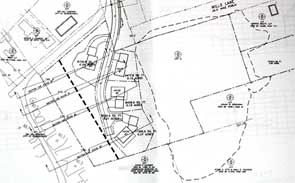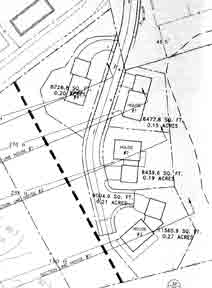I open the present my son gives me for Christmas, a book. A skull with a cigarette on the front cover. My face obviously gives my skepticism away.
“No, Mom, really, he’s on the New York Times best seller list, I promise.”
I feel slightly better when I find out that the skull was painted by my favorite painter, Vincent Van Gogh. To say the least, I am still skeptical.
My son to reassure me, sits me down and reads the first short essay/story. It’s about germs. I’m still not won over.
But after all, this is my own beloved son, and I want to make at least some attempt to appreciate his thought out present to moi. So I plunk myself down in the comfiest chair I can find, and proceed to read the skull book. By the fourth essay/story, I am howling with laughter, and offer to read my son some of the stuff in his now much appreciated present. He declines.
The 8th essay/story is about a New York City woman, who could have been any number of characters that I’ve known so well. And I begin to wonder that maybe these stories have a lot less fiction in them than I first supposed.
And having struggled with, in what fashion to continue the Newburyport Blog, an idea begins to form. Stories, maybe fiction, maybe true, centered around my beloved New England seacoast city of Newburyport, MA, my stories, but hopefully somewhat universal as well as local.
What woman, Newburyport or elsewhere, hasn’t stood in front of the mirror and wondered about “midriff bulge.” Another version of, “Am I fat?”
What one of us, while considering the problem of “midriff bulge,” hasn’t also considered a personal financial fate in these lousy economic times.
Instead of “preaching” about historic preservation, and preserving the historic quality of this wonderful historic town, an experience of what it is like to live in an historic place, day after day, and how that adds to an unquantifiable quality of life.
Instead of talking about how upset I am about specific “restoration” and building projects, why not talk about historic preservation and boob jobs, hoping that people will start rating planning and historic preservation projects as a “double D boob job” as the worst, to a “braless wonder,” at their very best.
In December 2008 I find I am weary of pissing off my fellow Newburyport citizens, living under a constant risk of being sued or being threaten of being sued, and this appears to be a possible solution.
After trying to find every possible book by the skull guy, I finally Google him. And I find that, yes David Sedaris has not only been around for quite a long time, and I am very late to the David Sedaris planet, but also even that he has been on David Letterman a lot, no less, much less a visit to one of my favorites, Jon Stewart. From here on in, I vow to myself, I will trust my son’s taste in literature, even if the cover contains a picture of a skull.
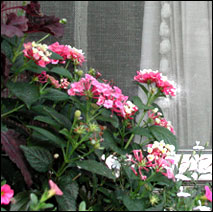 The idea for the last of the free websites from Mary Baker Design, came from my walks around the historic district in Newburyport, MA. The web design is the “Window Box” website. A portion of the original photograph is at the top of the entry.
The idea for the last of the free websites from Mary Baker Design, came from my walks around the historic district in Newburyport, MA. The web design is the “Window Box” website. A portion of the original photograph is at the top of the entry. 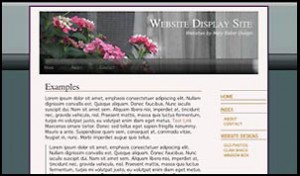 The demo of the free website “Window Box” at Mary Baker Design can be seen here. The web design of the “Window Box” can be downloaded for free here. If you need any help setting up your free web site, please feel free to contact me at Mary Baker Design. A screen shot of the web site is also included in this entry.
The demo of the free website “Window Box” at Mary Baker Design can be seen here. The web design of the “Window Box” can be downloaded for free here. If you need any help setting up your free web site, please feel free to contact me at Mary Baker Design. A screen shot of the web site is also included in this entry.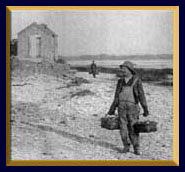 The second free website design that I created, contains three historic photographs of Newburyport, Massachusetts. It was a tough decision to decide which ones to use. But eventually I chose the photographs of the clipper ship in Newburyport’s waterfront harbor, a view of downtown Newburyport, looking up the Merrimac River, and a detail of the a clam worker from the historic photograph, the Clam Houses. All three photographs are in the public domain, courtesy of the Newburyport Archival Center at the Newburyport Public Library, in Newburyport, MA. The historic photograph of the Clam shack worker is at the top of this post.
The second free website design that I created, contains three historic photographs of Newburyport, Massachusetts. It was a tough decision to decide which ones to use. But eventually I chose the photographs of the clipper ship in Newburyport’s waterfront harbor, a view of downtown Newburyport, looking up the Merrimac River, and a detail of the a clam worker from the historic photograph, the Clam Houses. All three photographs are in the public domain, courtesy of the Newburyport Archival Center at the Newburyport Public Library, in Newburyport, MA. The historic photograph of the Clam shack worker is at the top of this post.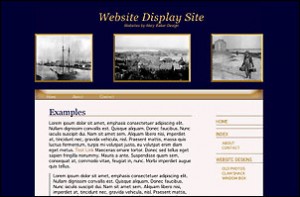 The first two websites based on the old photographs of Newburyport, MA are a way of giving back to the seacoast, New England city of Newburyport, MA that I love so much. And I figured that if the website designs are downloaded and used, that they would be a great advertising tool for the historic city of Newburyport, MA, a wonderful place to live, to work, to visit, to raise a family, to retire to and just to plain old enjoy and have fun. I’ve also included a snapshot of what the website design of “Old Photographs” actually looks like. You can see the “Old Photograph” website design page here.
The first two websites based on the old photographs of Newburyport, MA are a way of giving back to the seacoast, New England city of Newburyport, MA that I love so much. And I figured that if the website designs are downloaded and used, that they would be a great advertising tool for the historic city of Newburyport, MA, a wonderful place to live, to work, to visit, to raise a family, to retire to and just to plain old enjoy and have fun. I’ve also included a snapshot of what the website design of “Old Photographs” actually looks like. You can see the “Old Photograph” website design page here.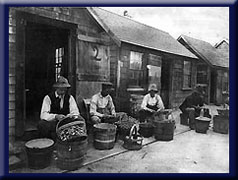 In this lousy economy I’ve been working on designing websites. And because there now appear to be so many folks blogging in Newburyport, MA, I’ve designed a series of free websites that can be downloaded for free at Mary Baker Design. The websites are in the form of WordPress software and can be configured in any way. The title, description, content and menus on the top and side can be custom created by the person who downloads the website. They can look like a blog, or they can be made to look like a website or a combination of both. If anyone does download a free website, I will be glad to help them set it up. See the contact information at Mary Baker Design.
In this lousy economy I’ve been working on designing websites. And because there now appear to be so many folks blogging in Newburyport, MA, I’ve designed a series of free websites that can be downloaded for free at Mary Baker Design. The websites are in the form of WordPress software and can be configured in any way. The title, description, content and menus on the top and side can be custom created by the person who downloads the website. They can look like a blog, or they can be made to look like a website or a combination of both. If anyone does download a free website, I will be glad to help them set it up. See the contact information at Mary Baker Design.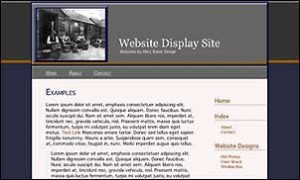 Over the years I’ve discovered that one of the things that folks seem to like best about the Newburyport Blog is the collection of Newburyport historic photographs, from either the Newburyport Public Library or the Library of Congress. The website “Clam Shack” is one of two free websites that uses old photographs of Newburyport, Massachusetts. A demo of the “Clam Shack” website can be seen here.
Over the years I’ve discovered that one of the things that folks seem to like best about the Newburyport Blog is the collection of Newburyport historic photographs, from either the Newburyport Public Library or the Library of Congress. The website “Clam Shack” is one of two free websites that uses old photographs of Newburyport, Massachusetts. A demo of the “Clam Shack” website can be seen here.